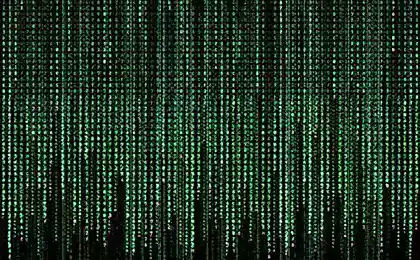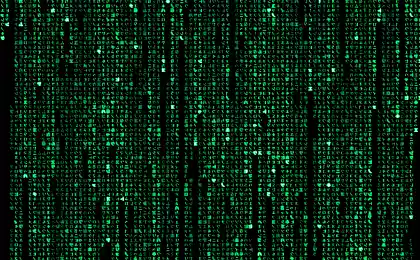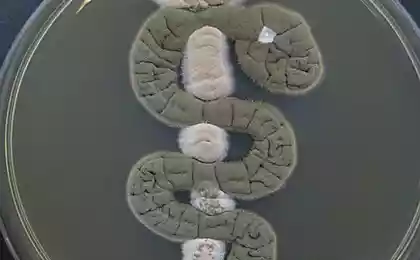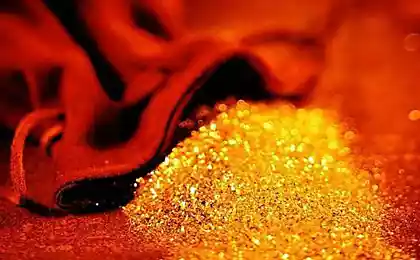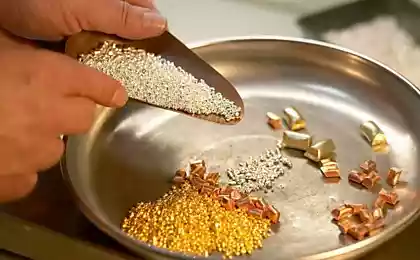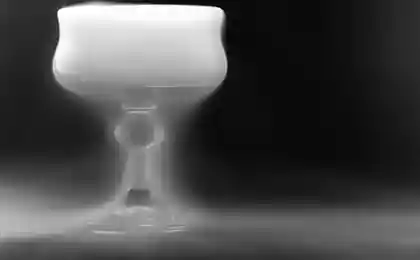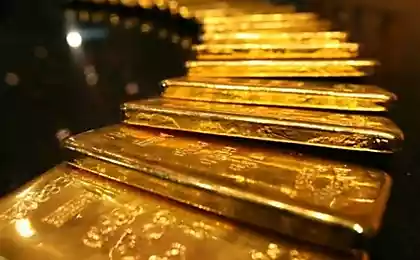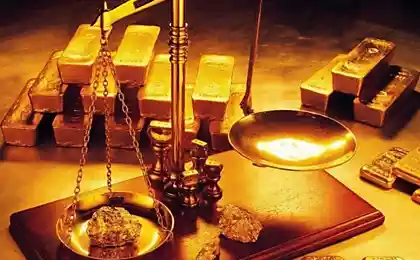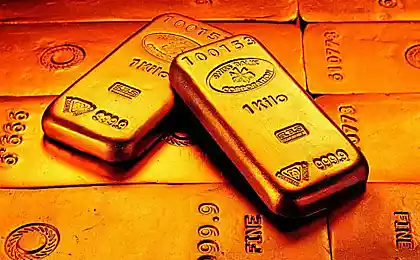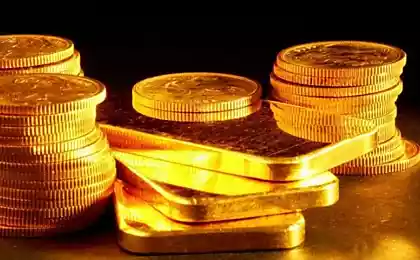576
Gold-bearing bacteria
Let the money still doesn't grow on trees, but scientists from the State University of Michigan, USA, made the discovery, close bring humanity to this dream. They found bacteria that can transform toxic chemicals into pure 24-carat gold.
Bacteria with the Midas touch called Cupriavidus metallidurans made producing real gold nuggets simply by placing them in large amounts of chloride of gold. This substance is a toxic liquid that do not have actual values, but which can be found in the natural environment. Bacteria consume the chloride of gold, taking in all the toxins and wastes in the liquid and leaving the solid gold. This discovery demonstrates that some bacteria waste is a treasure for other organisms.
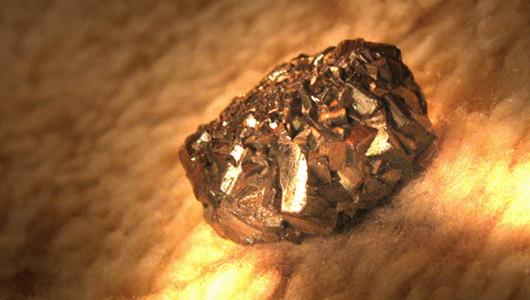
"We do most of this microbial alchemy – obtained gold that has no value, transform the liquid into solid precious metal," says Kazem, Kashefi, associate Professor of Microbiology and molecular genetics from University.
The method was invented by Kashefi and his colleague Adam brown, associate Professor of electronic and synthetic art. Instead of getting rich, the scientists used gold-producing bacteria as part of an art exhibition titled "Great work of the metal lover". The result of an unusual perception of biotechnology, art and alchemy became such exposure, when the eyes of the audience is gold. The work was highly evaluated during the Convention on cyber-art. (Bribery of the jury of the gold bars is not installed.)
"This is neo-alchemy. Every part, every detail of the project is the boundary between modern Microbiology and alchemy, explains Adam brown. – Science tries to explain phenomena crowded world. As an artist I am trying to create a phenomenon. Art is the ability to push scientific search".
The analogy with alchemy, the medieval practice of turning base metal into a noble, such as gold or silver is appropriate. While the efforts of the ancient alchemists was mostly debunked as pseudoscience and quackery, the method of Kashefi and brown could rewrite the history books.
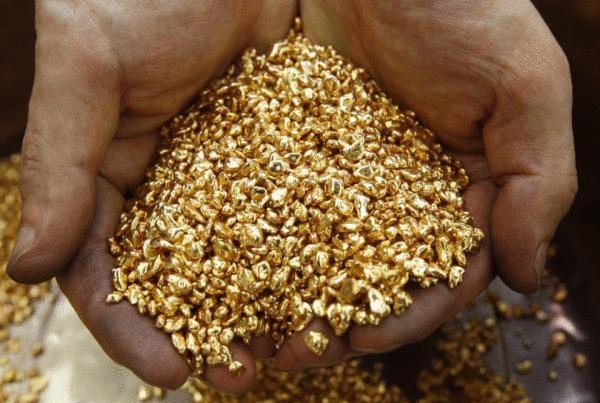
The resulting gold as clean as possible – 99.9 percent. But whether obtained in the laboratory gold as valuable as natural? Kashefi, and brown still have to find out the market price of the metal, but they believe that they use the laboratory method is similar to the way that held bars of native gold in nature. Whatever it was, and chloride of gold, and the bacteria Cupriavidus metallidurans is a natural formation. Just need to see they're met.
If you consider that the price of gold is currently high, it probably already came up with the idea to repeat the entire process in his garage. But before you have the eyes appear feverish gleam of gold diggers, please note that Kashefi and brown it all figured out and came to the conclusion that the experiment is not as cost effective to get a significant profit.
And, of course, if gold were so easy to produce, its price, undoubtedly, would have fallen.
Source: /users/276
Bacteria with the Midas touch called Cupriavidus metallidurans made producing real gold nuggets simply by placing them in large amounts of chloride of gold. This substance is a toxic liquid that do not have actual values, but which can be found in the natural environment. Bacteria consume the chloride of gold, taking in all the toxins and wastes in the liquid and leaving the solid gold. This discovery demonstrates that some bacteria waste is a treasure for other organisms.

"We do most of this microbial alchemy – obtained gold that has no value, transform the liquid into solid precious metal," says Kazem, Kashefi, associate Professor of Microbiology and molecular genetics from University.
The method was invented by Kashefi and his colleague Adam brown, associate Professor of electronic and synthetic art. Instead of getting rich, the scientists used gold-producing bacteria as part of an art exhibition titled "Great work of the metal lover". The result of an unusual perception of biotechnology, art and alchemy became such exposure, when the eyes of the audience is gold. The work was highly evaluated during the Convention on cyber-art. (Bribery of the jury of the gold bars is not installed.)
"This is neo-alchemy. Every part, every detail of the project is the boundary between modern Microbiology and alchemy, explains Adam brown. – Science tries to explain phenomena crowded world. As an artist I am trying to create a phenomenon. Art is the ability to push scientific search".
The analogy with alchemy, the medieval practice of turning base metal into a noble, such as gold or silver is appropriate. While the efforts of the ancient alchemists was mostly debunked as pseudoscience and quackery, the method of Kashefi and brown could rewrite the history books.

The resulting gold as clean as possible – 99.9 percent. But whether obtained in the laboratory gold as valuable as natural? Kashefi, and brown still have to find out the market price of the metal, but they believe that they use the laboratory method is similar to the way that held bars of native gold in nature. Whatever it was, and chloride of gold, and the bacteria Cupriavidus metallidurans is a natural formation. Just need to see they're met.
If you consider that the price of gold is currently high, it probably already came up with the idea to repeat the entire process in his garage. But before you have the eyes appear feverish gleam of gold diggers, please note that Kashefi and brown it all figured out and came to the conclusion that the experiment is not as cost effective to get a significant profit.
And, of course, if gold were so easy to produce, its price, undoubtedly, would have fallen.
Source: /users/276
